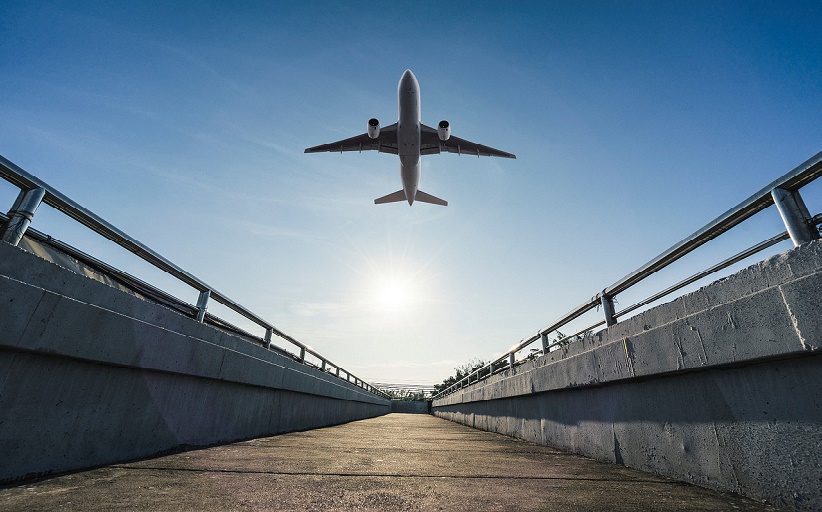📖 Read this article in French or German.

Advice from David Frangeul, Senior Director, Air Practice, Advito
The sustained demand is being fueled by business travel’s steady recovery and strong growth in the leisure segment. Airline seat supply is struggling to keep up, notably due to a lack of resources. The shortage of pilots and recruitment difficulties at airports are considerably hampering the recovery of operations. Inflation is also putting additional pressure on airline prices.
Here is an action plan to manage your air program while you mitigate the effects of inflation.
1. Analyze bookings on most used routes.
Compare your bookings to market trends. This will help you determine the optimal booking window to find the lowest price. Also, observe how fares change weekly and adjust your lead time accordingly.
2. Test your travel policy against the reality of your travelers’ practices.
To make sure the travel policy is adequate, test different scenarios to assess the impact on your costs, carbon footprint and traveler wellbeing. This analysis will help you measure how well your travel policy is adapting to new practices and identify savings opportunities.
3. Confirm your preferred and negotiated fares are still available.
Airline distribution is rapidly evolving with the withdrawal of GDSs from part of the airline fare offer to feed an NDC offer in direct distribution. Does this have consequences for your travelers’ choice? Assess the potential impact of this evolution on your airline spend and choose the distribution strategy that meets your program’s needs.
4. Study the relevance of your air program.
Is your air program still competitive? Are your negotiated fares still appropriate for your needs? Can you reduce your carbon footprint by choosing more appropriate suppliers? Extending contracts negotiated before the pandemic crisis is less and less possible. You might as well be ahead of the game with the airlines by imposing your negotiation levers (strong increase in surcharges, constrained availability of fares (revenue management, NDC) and actions to reduce the carbon footprint. This is the time to reset your program by launching an air RFP. The GBTA Airline RFP Toolkit is a recommended guide to cover all the elements to be negotiated in an RFP (including evaluating airlines for responsible travel).
5. Help travelers make the right decisions.
Make sure travelers understand the travel policy, content and issues of the airline program. The goal is to encourage them to support your action plan, which will ultimately benefit the environment, traveler wellbeing and the company. Reduce costs through better supplier selection or by reducing overall travel demand. An adapted digital communication strategy will help you reach these objectives. Use targeted banners and messages in your booking tool to provide relevant information to travelers at the time of booking. This is the decisive moment to influence your travelers.


